Another process Taiwang offers is plastic injection molding. Injection molding is a viable solution for making high-quality parts in vast quantities with many thermoplastics. For more information, see Taiwang’s part design guidelines and injection molding options on our website. If you’re designing for injection molding, here are 5 common mistakes I have seen from designers and engineers over the years.
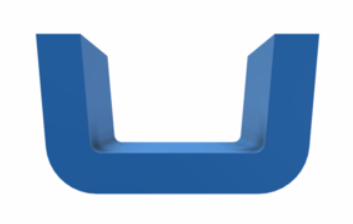
Not adding draft
Draft is needed in the mold to release the plastic part from the mold. Plastic generally shrinks towards the center of the part. Without draft, the part will stick in the mold and will not eject correctly. Design in 1° per side if possible, but any draft will be helpful to release the part.
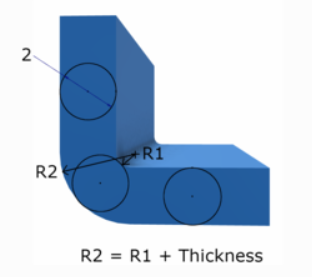
Uneven wall thicknesses
Varying Wall Sections are common in part designs and can cause unintended part properties when molding. Plastics have a hard time flowing and transitioning between uneven wall thicknesses. Thick wall sections create differential shrinkage which may lead to part deflection. Try to keep the walls at least thicker at the gate area and thinner at the end-of-fill. Shoot for .080-120” wall thickness and utilize ribs and gusset features in your part design.
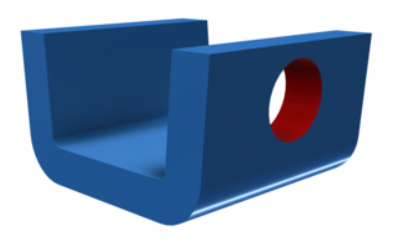
Unnecessary undercuts
Undercuts are designed-in, and often overlooked due to the complex nature of part design today. An undercut in the mold will need to be released before the part ejects or it will tear the feature out. There are many ways to release the undercuts with thru-coring design, slides, cores or lifters in the mold action. Simple rule for tooling: Undercuts+complex mold= more money.
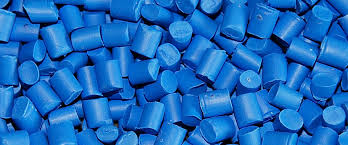
Choosing the wrong materials
Material Selection is another common mistake I see. Material should be chosen based on where the part will live. Parts that will live outside should have UV stabilizers in them to prevent cracking. Parts that are under load, should have a filler in them like fiberglass to strengthen the part. Parts that have a bearing surface should have an additive like a lubricant.
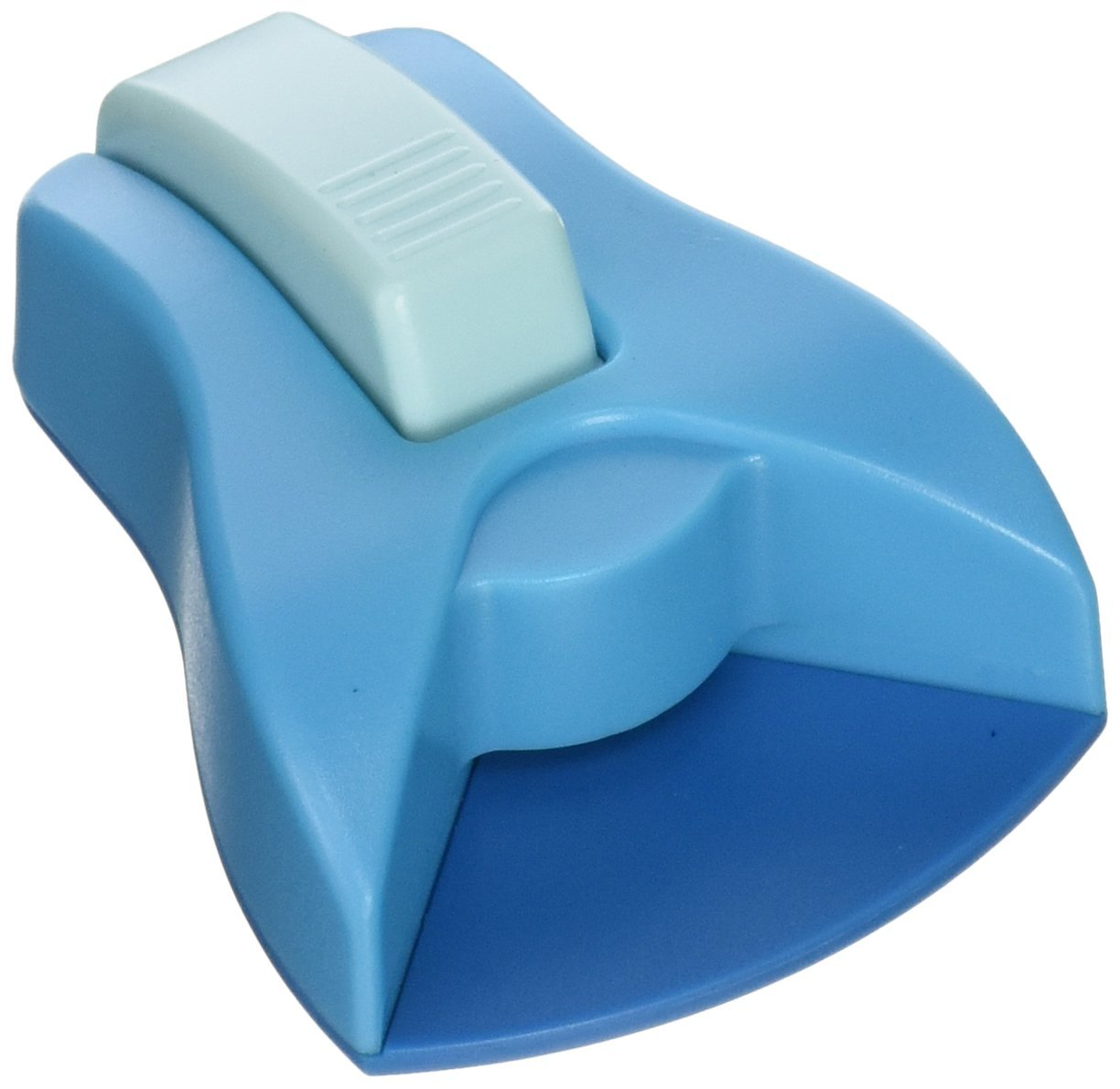
Not embracing radii
Corner Radius is often overlooked in the part design. Corner radii strengthens that area and makes it more robust in the long term. Radii reduces stress concentrations and fractures in the plastic part. It also makes the part look aesthetically pleasing and lowers any risk of injury when handling.


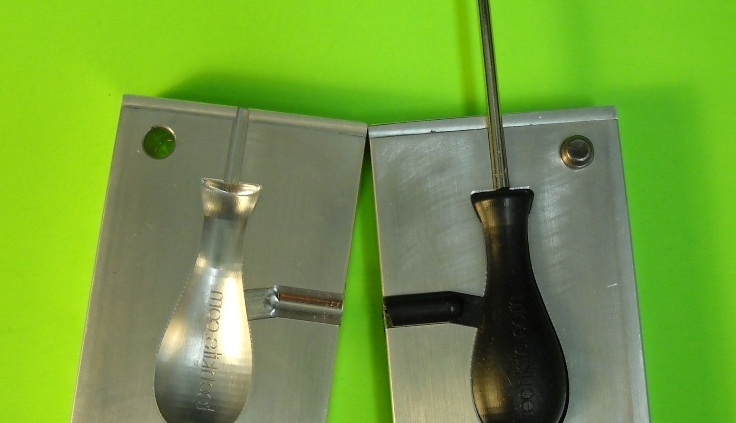


Leave a Reply
Want to join the discussion?Feel free to contribute!